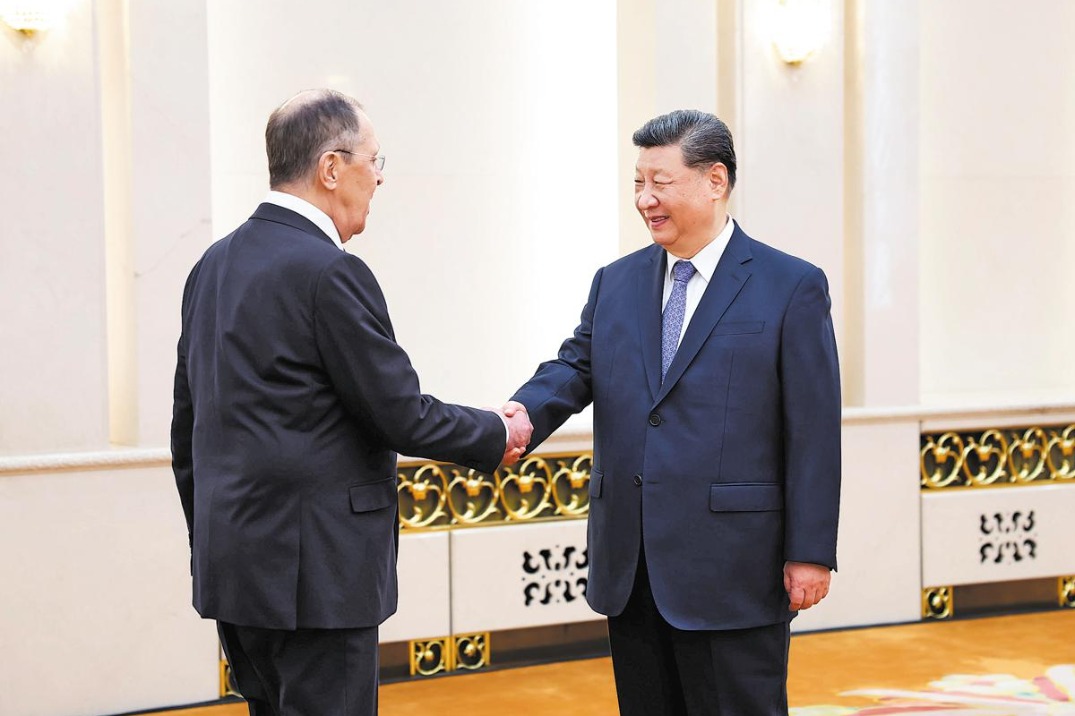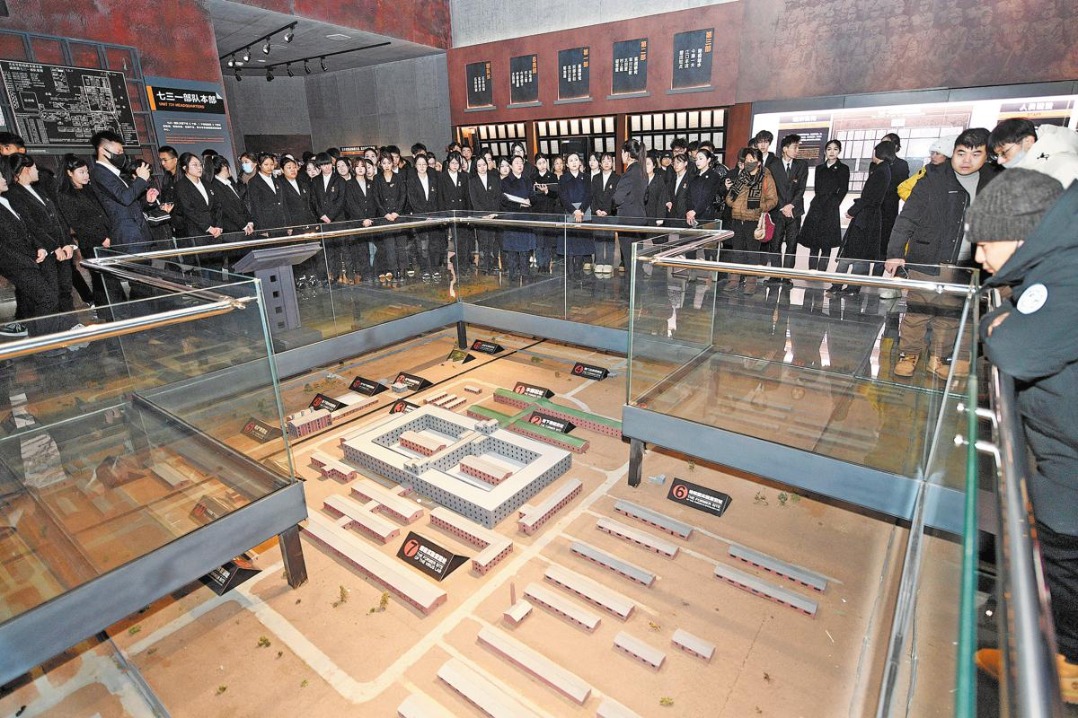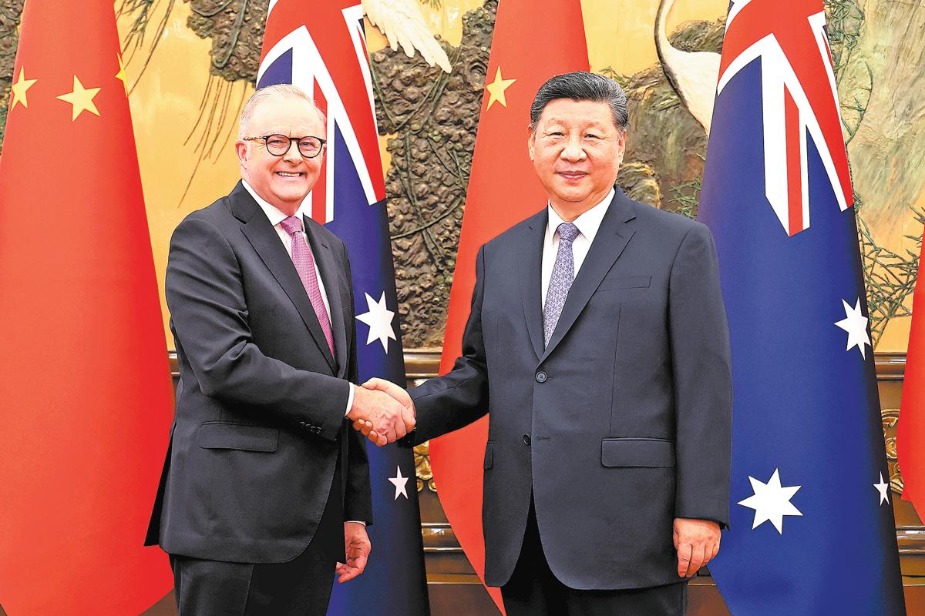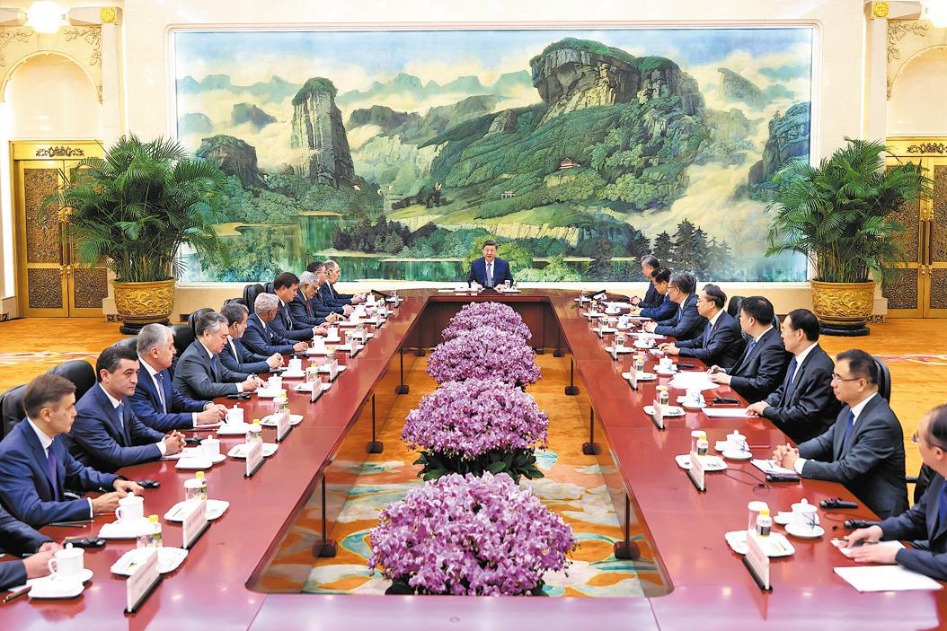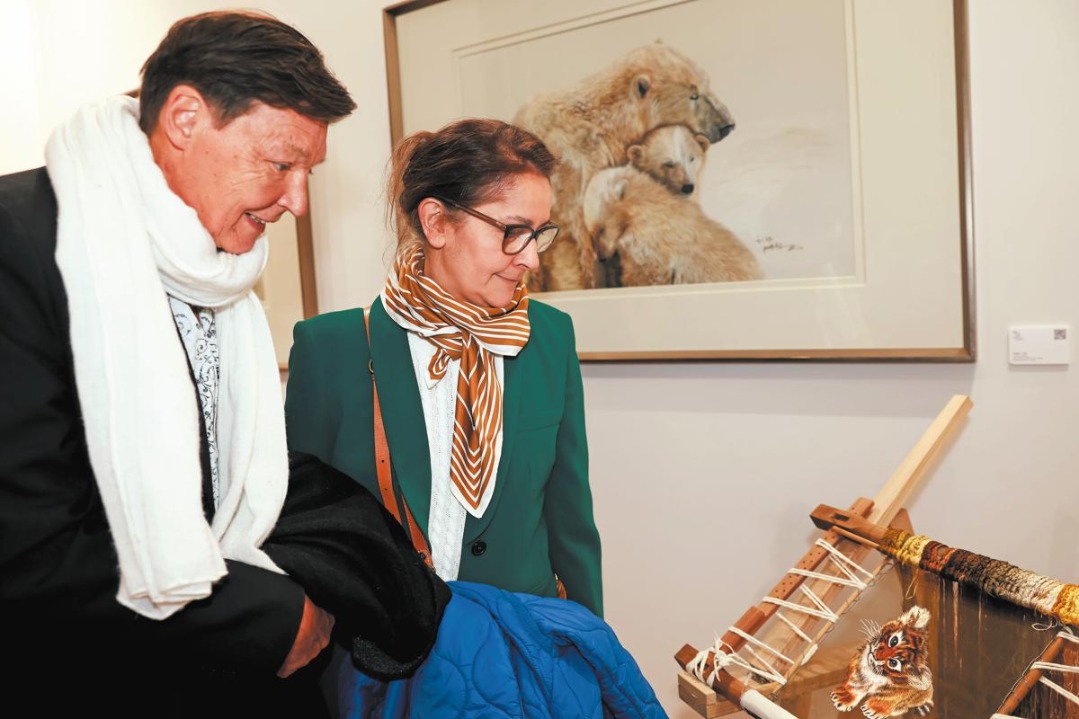What's on

Incense sensibility

Burning incense has a long history in China. In times gone by, people burned fragrant plants at rituals in the hope that the smoke and its pleasant aroma would connect with their ancestors and the ethereal plane where deities reside. Then gradually, incense became one of the commodities that bridged China with the world and a product to freshen our living spaces and to bring mental comfort. Also, burning incense using fine apparatus constituted an essential part of the cultural life of upper-class scholars, as important as critiquing artworks, enjoying tea, listening to guqin music and appreciating the art of bonsai. An Inhale of Fragrance, an ongoing exhibition at Shanxi Museum, that will run until May 9, navigates the long-standing relationship between the ancient Chinese and incense. It shows the major woods and plants that emit the most pleasant aromas. Also, it reviews the development of incense burners as examples of the evolution of societal elements. Among the examples are famed historical censers, such as the Boshan burners of the Han Dynasty (202 BC-AD 220) and Xuande burners of the Ming Dynasty (1368-1644).
9 am-5 pm, Tuesday-Sunday. 13 Binhe Xi Lu, Taiyuan, Shanxi province. 0351-8789-188.
Natural attraction

The genre of paintings depicting flowers and birds, which emerged in the Tang Dynasty (618-907), continues to enthrall viewers today, due to their vivid reproductions of plants, animals, fruits, insects and some times mythological creatures. Auspicious Blossoming, an exhibition set to run through March 28 at the Nanjing Museum, shows a selection of fine paintings from the museum's collection, navigating how ancient artists practiced with the style to improve their techniques. The flower-and-bird paintings not only capture the lively scenery all year round to deliver blessings, they also show a painter's cultural accumulations as one often used the subjects as metaphors for hidden emotions and their views on social issues.
9 am-5 pm, Tuesday-Sunday. 321 Zhongshan Donglu, Xuanwu district, Nanjing, Jiangsu province.025-8480-7923.
Masters' strokes

The paralleled prominence of master ink artists Zhang Daqian, who hailed from Sichuan province, and Pu Xinyu, who was born in Beijing, in the first half of 20th century China resulted in the wide acknowledgment of the duo as "Zhang from the South and Pu in the North". The Masters, an exhibition now at Changsha Museum until April 18, juxtaposes early works of the two painters, calligraphers and collectors whose creativity still inspires people today. Zhang's works on show give a review of his intensive studies of classical Chinese landscapes by great ancient painters. His figure paintings are known for being deeply influenced by the Dunhuang murals, while his flower-and-bird paintings retain the elegance of the art of the Tang (618-907) and Song (960-1279) dynasties. Pu, once a royal member of the overturned Qing Dynasty (1644-1911), was nourished by classical art in his family collection since childhood. The extensive exposure allowed him to cultivate a great sense of taste and refined techniques. His paintings often construct a world of scholarly grace, serenity and sometimes desolation.
9 am-5 pm, Tuesday-Sunday. Binjiang Culture Park, Kaifu district, Changsha, Hunan province.0731-8289-2350/2360.
A wave of nostalgia

Tide of Era, a dance drama, by the China Opera and Dance Drama Theater, will soon be staged. Revolving around a family's changes during the four decades since the beginning of China's reform and opening-up, the dance drama portrays Chinese entrepreneurs of different generations. Directed by Tong Ruirui, the dance drama, choreographed by Tang Ling and composed by Guo Sida, features young dancers of the company, including Pan Yongchao and Yang Yi.
7:30 pm, March 19 and 20.National Center for the Performing Arts. No 2 West Chang'an Avenue, Xicheng district, Beijing. 010-6655-0000.
Today's Top News
- Beijing supports Tehran in maintaining dialogue
- Stabilizing global supply chains vital to intl market
- Visa facilitation steps boost number of foreign visitors
- Japan hypes excuse for its military build-up: China Daily editorial
- Philippine defense secretary's remarks undermine regional peace efforts
- Mainland strongly opposes Lai's planned 'transit' through US

















